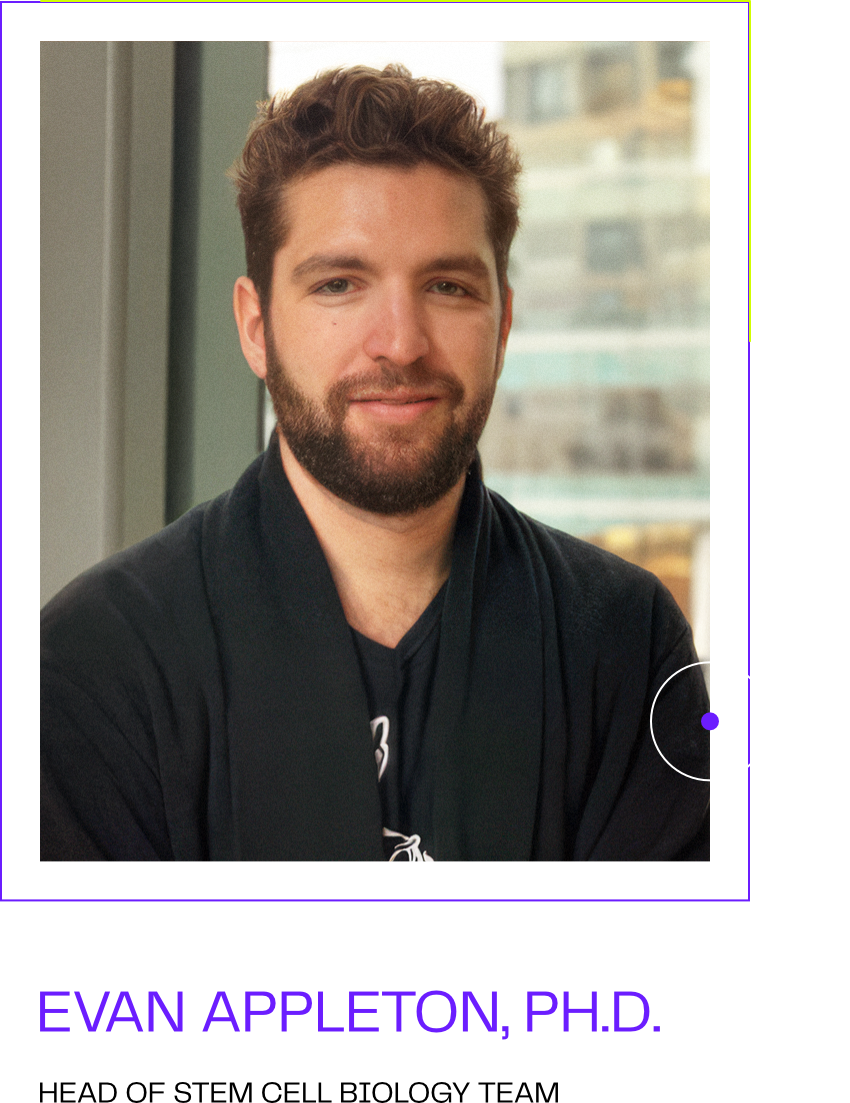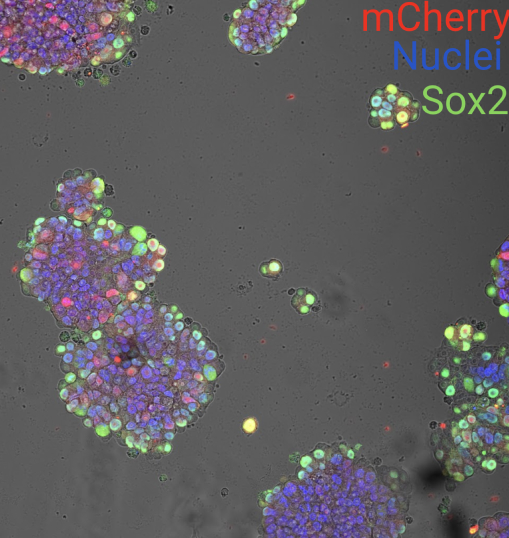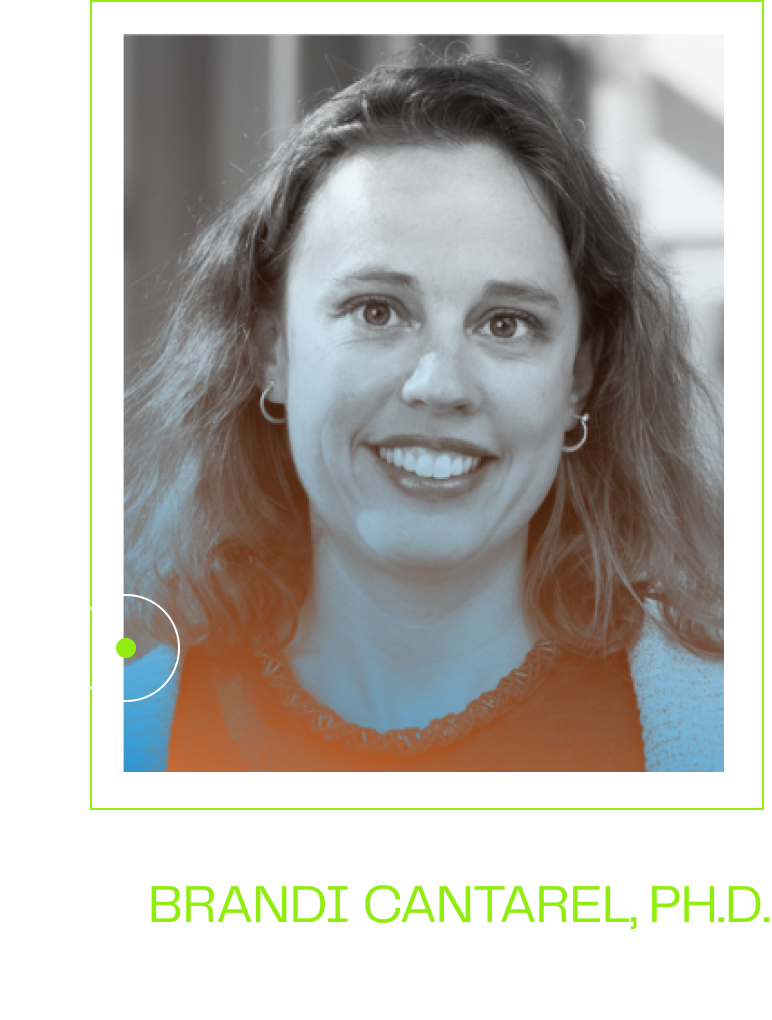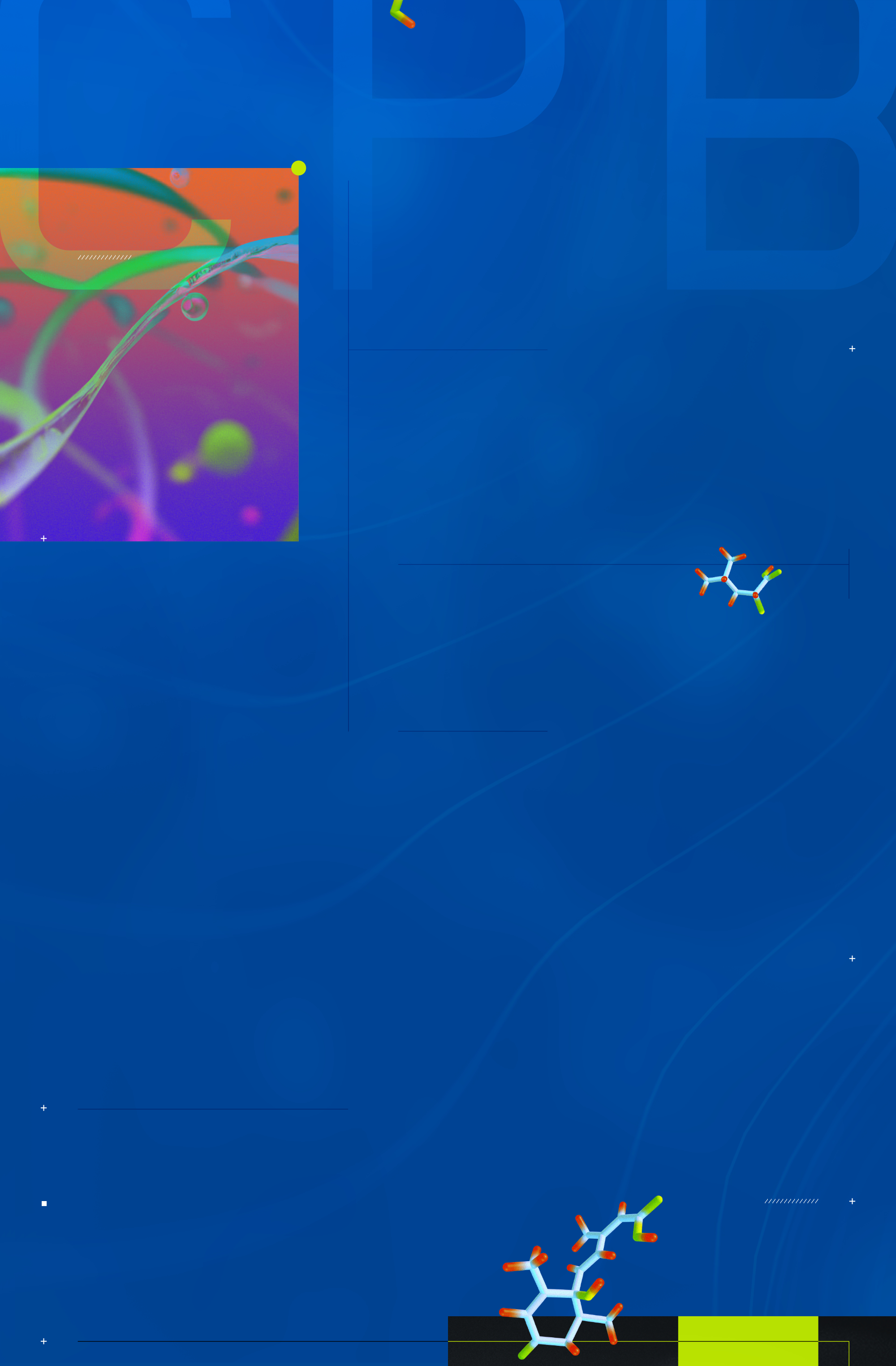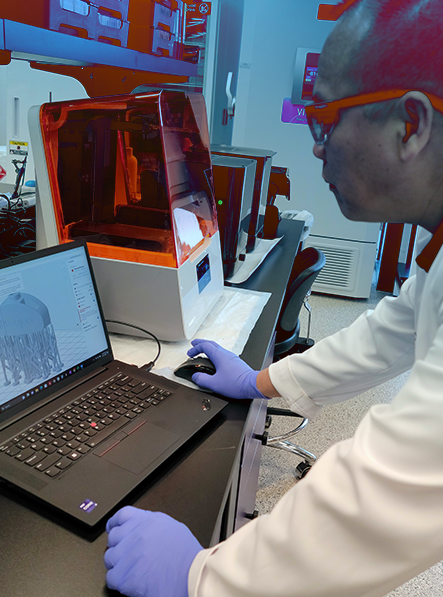 DIVISION 07
DIVISION 07
Animal
Husbandry

What is Animal Husbandry?
Animal husbandry refers to the practice of breeding, raising and caring for animals to optimize their health, productivity, and well-being. These efforts include innovating protocols to advance assisted reproduction and surrogacy techniques. As a mission-oriented organization dedicated to the preservation of animals, we take proper animal husbandry practices very seriously.
Division Roles & Highlights
Steve Metzler, Head of Animal Husbandry
Steve applies his 25 years of exotic animal husbandry experience and leadership to developing animal care strategies for endangered and extinct species.
Wendy Kiso, Ph.D., Principal
Scientist of Assisted Reproduction
As one of the world’s leaders in elephant reproduction, Dr. Kiso and her team are rapidly advancing the state of the art in advanced assisted reproductive technologies.
James Kehler, DVM, Ph.D., VP, Animal Science
With decades of expertise in animal research and stem cell biology, Dr Kehler leads a team providing oversight of animal health and science.






















